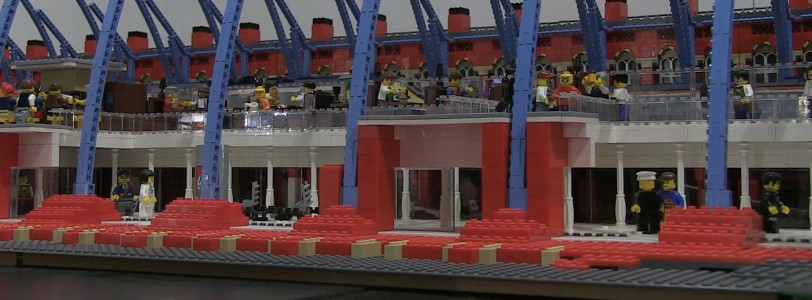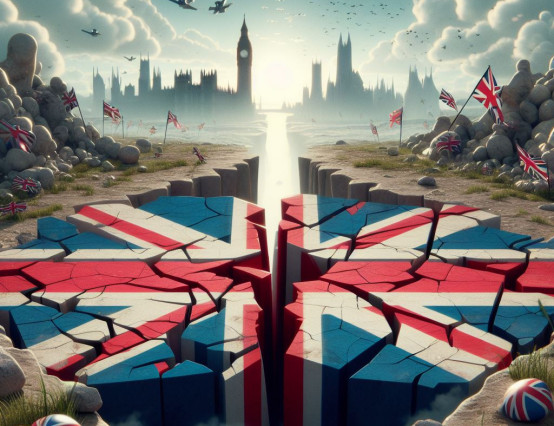Brick City, an exhibition that recreates architecture from around the world in LEGO form is currently on display at Moyse's Hall, Bury St Edmunds.
The exhibition displays grand building work and famous pieces of art, all recreated in painstakingly miniature LEGO form. Such examples include the Olympic Stadium, St Pancreas Station, Christ the Redeemer and the Mona Lisa.
Brick City is comprised of 500,000 LEGO bricks. It is estimated that the model of St Pancreas is made from over 180,000 LEGO pieces, and took approximately two whole years to build.
Explaining why Moyse's Hall decided to hold the exhibition, Lance Alexander, Heritage Manger said:
"We always look for something exciting, especially after Christmas when there can be a lull in the community, and Brick City just looks superb, because the Building's architecture kind of matches the idea of LEGO Bricks"
He continued to detail just how successful the exhibition has been, with 12,000 visitors in a two-month period, a significant growth compared to the 1,000 visitors that they had during the same period in 2015.
18 year-old Paddy Turner, Kingfisher Road, was at the exhibition, and said, "I think it's really cool. The LEGO acts as a gateway into artistic and architectural appreciation, and it's good to see so many young people here. I personally love The Mona Lisa."
Adam Shand, a 48-year-old from Wilcox Avenue, has lived in Bury St Edmunds all his life, and thought it was "great" that Brick City had come to the town.
"It's great that young people are coming to Moyse's Hall to view the Lego Exhibition. Hopefully they will see the other parts of the museum, and learn more about the history of Bury, and appreciate how things have changed."
Speaking about the cultural changes that Bury St Edmunds is undergoing, Mr Alexander said:
"Things change; fashion changes, technology changes. What we have to do is go with that and remind people of what's been before, but never be scared of being forward thinking."
Heritage Officer Ron Murrell expanded upon the idea by linking to Bury St Edmunds' historic nature.
"Bury is a tourist town to many people today. If you think about the amount of pilgrims who came to see the Abbey and the shrine of St Edmunds, who the town is named after, in effect, the tourists are the pilgrims of the modern day."









0 Comments